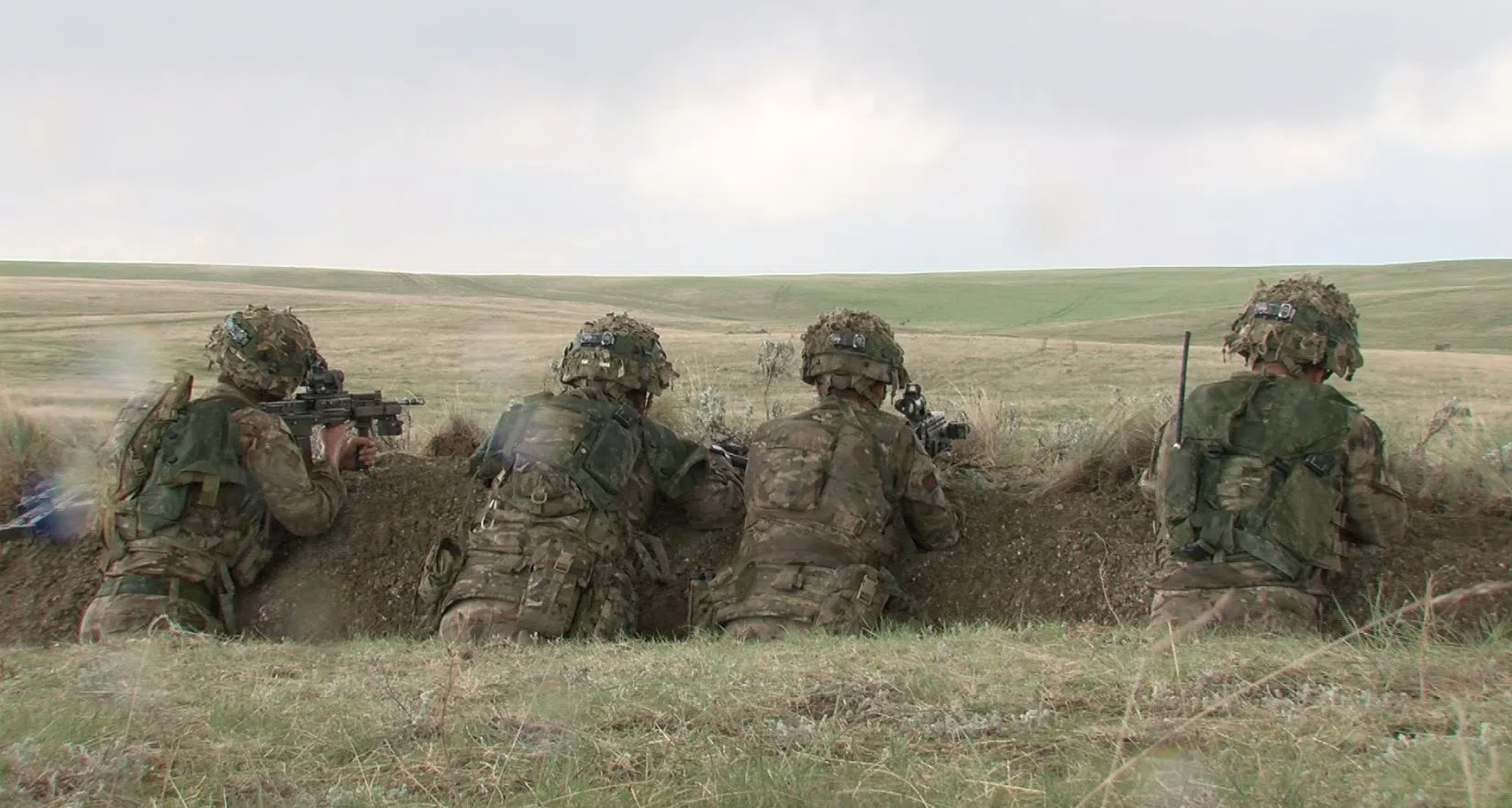
Live-fire training begins at CFB Suffield
CFB SUFFIELD — May marks the beginning of training for soldiers at CFB Suffield and BATUS.
Member of the British Infantry began their first exercise, Prairie Storm 1, earlier this month.
“There’s a lot to take in for a young soldier and he needs to just get past the living and get on to the fighting,” said Commander Colonel Marcus Evans.
